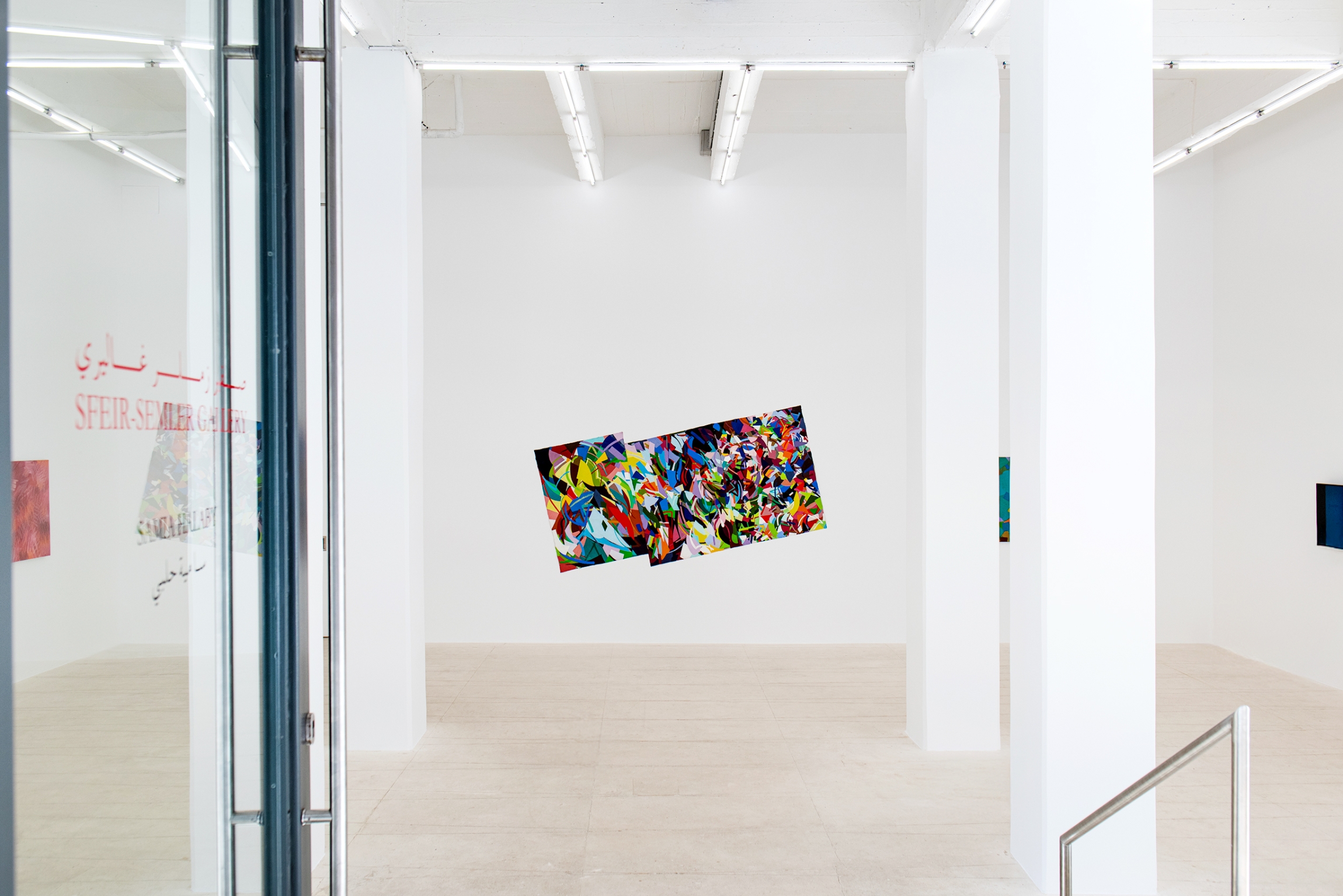pt 1
Samia Halaby (b.1936 in Jerusalem) is a Palestinian-American artist and scholar living and working in New York. She is a painter who was educated in the 1950s in the American Midwest, at a time when abstract expressionism was popular. While her work is very much in line with American art movements she evolved with, it is consciously enriched by the history of pictorial expression worldwide. Her oeuvre is today central to the study of abstraction within both global and Arabic visual language.
